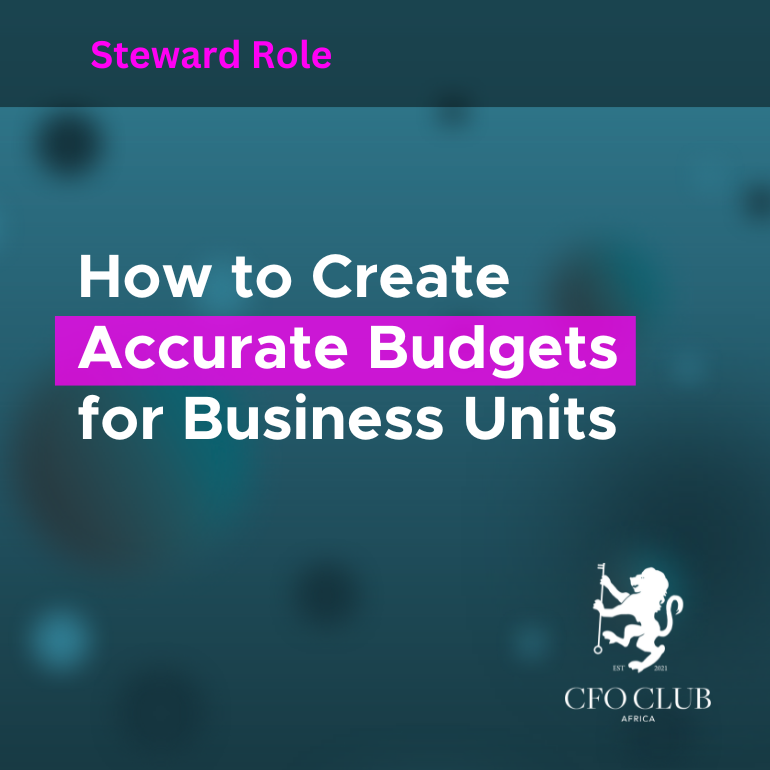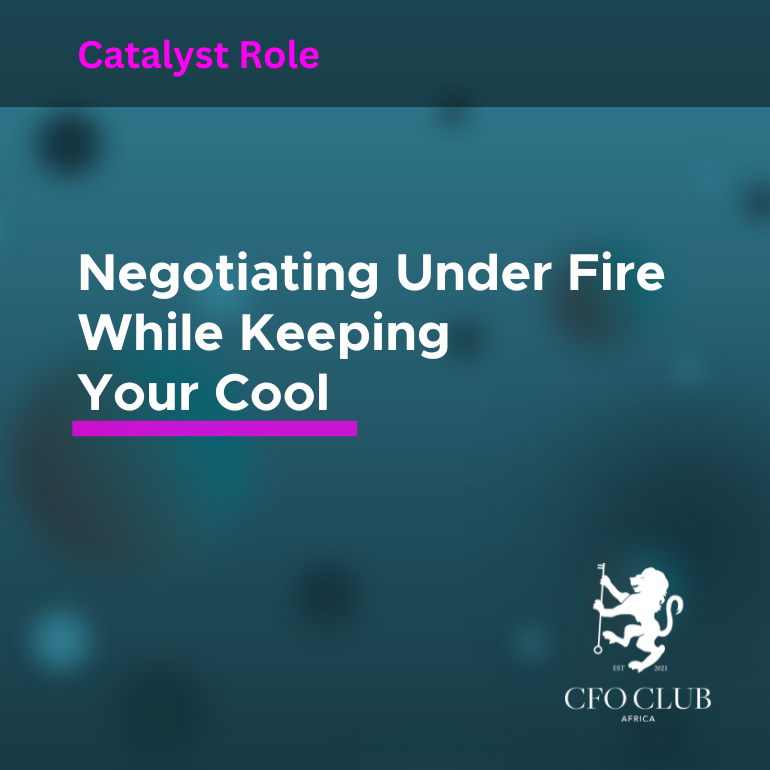Driving Efficiency Without Breaking the Business
Driving Efficiency Without Breaking the Business
How Top CFOs Identify and Eliminate Non-Value Activities Before They Drain Profits
You don’t need another textbook about “operational excellence”. You need real-world tactics that actually move the needle—cutting waste, freeing up cash, and making the business leaner and stronger. That’s what drives career-defining success for CFOs today.
The good news? Most companies are leaking cash and productivity without even knowing it. The better news? You’re in the perfect seat to fix it—and get the credit.
First, Spot the Real Culprits
Not all costs are obvious. Non-value activities are sneaky:
- Endless approval loops that grind decisions to a halt
- Reports that no one reads but still take hours to produce
- Manual data tasks that scream for automation
- Meetings that could (and should) have been one-line emails
Here’s the simple rule: If it’s not something a customer would pay for—or it doesn’t directly advance your company’s goals, it’s probably a candidate for the chopping block.
Why It’s a CFO Power Move
Being the numbers person isn’t enough anymore. Today’s standout CFOs are the ones who lead operational efficiency, not just report on it.
When you drive efficiency, you don’t just save money, you:
- Extend your company’s runway in tough markets
- Free up cash to fund strategic moves
- Boost EBITDA without a single new customer
- Show the board you understand business, not just finance
In short: efficiency = influence. And influence = career insurance.
How to Find the Hidden Waste
You don’t need to turn into a Lean Six Sigma guru. Here’s a down-to-earth CFO’s guide:
1. Walk the Process Yourself
Don’t just read reports—experience the workflows firsthand. What feels clunky, slow, unnecessary?
2. Trust the Front Line
Your best insights won’t come from the exec table. Ask the people who do the work: “What’s wasting your time?” and “What’s holding you back?”
3. Look for Rework and Bottlenecks
Anything that gets redone, sent back, or escalated unnecessarily is a giant red flag.
4. Data Is Your Secret Weapon
Measure cycle times, error rates, rework percentages. Non-value activities leave a data trail if you know where to look.
5. Put the Customer Lens On
Would our end customer care if we stopped doing this? No? Then why are we burning budget on it?
6. Fix It Without Breaking It
Ripping out non-value activities is good. Breaking processes in the name of speed? Not so good.
Here’s how top CFOs handle it:
- Automate ruthlessly, but carefully. Don’t just digitise bad processes.
- Simplify approvals. Three signoffs are better than ten.
- Kill zombie reports. If no one acts on it, stop producing it.
- Clarify roles. When it’s not clear who owns what, inefficiency flourishes.
Warning: Cutting without communicating is a career killer. Efficiency drives need to be positioned as empowering teams, not making their lives harder. Change management is part of your job.
Real-World CFO Wins
Here’s what happens when CFOs attack non-value activities:
- One CFO slashed month-end from 12 days to 5 by automating reconciliations.
- Another CFO freed up R4 million in cash flow by cutting out redundant procurement steps.
- One retail CFO grew profitability by 15% by eliminating internal reporting no one was using and reinvesting that time into customer experience analytics.
Notice the pattern? These wins weren’t about raising prices or landing new customers, they were about fixing what was already broken.
Why It Matters More Than Ever
Markets are tightening. Budgets are scrutinised. Boards want more for less.
If you’re the CFO who can walk into an exco meeting and say, “We’ve boosted margins by 8% without a cent of extra spend,” you’re not just valuable—you’re indispensable.
And when promotions, bonuses, and succession planning come around, guess who gets fast-tracked? Not the CFO who talked about efficiency. The one who delivered it.
The Bottom Line
Efficiency isn’t a side project. It’s your secret weapon for making your mark—and future-proofing your role.
Find the non-value activities. Cut them. Automate them. Simplify them.
And watch how quickly your influence—and your organisation’s profits—start climbing.





